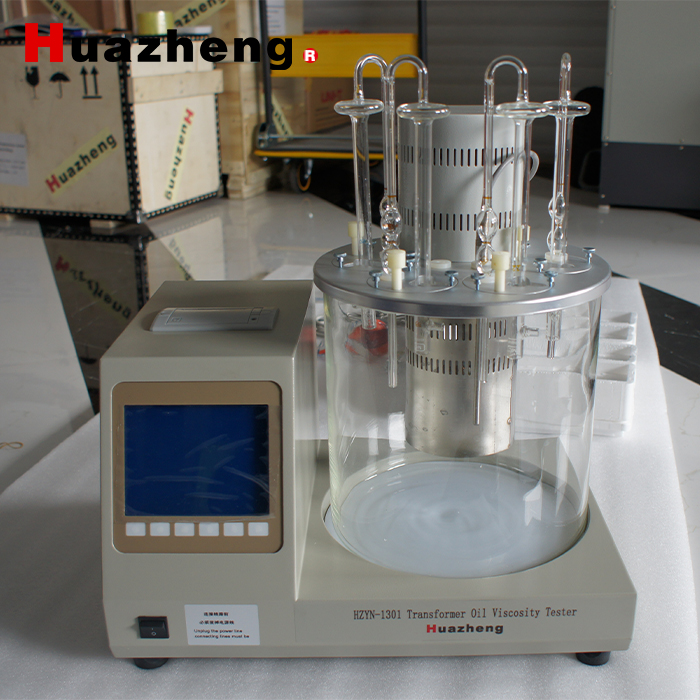![]() Email:sales04@bdhuazheng.com
Email:sales04@bdhuazheng.com
![]() Cellphone/ wechat/Whatsapp /Skype: +86 18330222302
Cellphone/ wechat/Whatsapp /Skype: +86 18330222302
1、 Ensure product performance and equipment safety
Liquidity control and transportation efficiency
The fluidity of petroleum products directly affects pumping, pipeline transportation, and atomization effects. Excessive viscosity can lead to increased transportation resistance, increased energy consumption, and even cause pipeline blockage or equipment wear; If the viscosity is too low, it may cause seal failure or insufficient lubrication. For example, heavy fuel oil needs to be heated to reduce viscosity to ensure smooth pumping and atomization, otherwise it may cause problems such as nozzle coking and insufficient combustion.
Lubrication and mechanical protection
The viscosity of lubricating oil is the core indicator of equipment lubrication. When the viscosity is too high, the lubricating oil is difficult to quickly cover the friction surface, increasing the starting wear; If the adhesion is too small, the oil film strength will be insufficient, resulting in direct contact between the metal. For example:
Hydraulic oil viscosity change rate exceeding ± 10% needs to be replaced;
Excessive viscosity of diesel engine oil (such as CD grade ± 25%) will exacerbate the wear of precision components (plungers, needle valves).
Combustion efficiency and environmental protection
The viscosity of fuel oil directly affects the atomization quality:
Excessive viscosity: large atomized particles, insufficient combustion, black smoke emission, and increased fuel consumption;
Low viscosity: The oil beam spreads too quickly, the air mixture is uneven, and the combustion efficiency is reduced.
By controlling viscosity, exhaust pollution and energy waste can be reduced.
2、 Quality Control and Standardization
Product grading and brand classification
Most petroleum products, such as lubricants and fuel oils, are classified based on their kinematic viscosity. For example, the ISO grade of lubricating oil is directly determined by its 40 ℃ kinematic viscosity range. Viscosity testing ensures that products comply with international standards such as GB/T 265 and ASTM D445, supporting market circulation and trade compliance.
Production and usage process monitoring
Production end: Viscosity is a key parameter for optimizing refining processes such as catalytic cracking and hydroprocessing, which affects catalyst activity and product yield;
User end: Regularly check the viscosity changes of the lubricating oil in use to determine the degree of oil aging (such as impurities mixed in or additive failure), guide timely replacement, and avoid equipment failure.
3、 Economic and technological optimization
Reduce overall costs
The viscosity of crude oil directly affects the costs of extraction, transportation, and processing
High viscosity crude oil requires steam injection or chemical flooding to increase recovery, and transportation requires larger pipe diameters and higher pressures;
Medium viscosity crude oil (such as dynamic viscosity of 20-50 cSt) has the best comprehensive benefits, balancing fluidity and component value.
Viscosity testing assists in selection and process adjustment, reducing energy consumption and waste rate.
Research and Innovation Support
Viscosity data is used to analyze the effectiveness of additives, the performance of new formulations, and promote the development of high-performance products such as low-temperature lubricants and biodegradable oils.
Huazheng Electric HZYN-1301 ASTM D445 Oil Kinematic Viscometer
